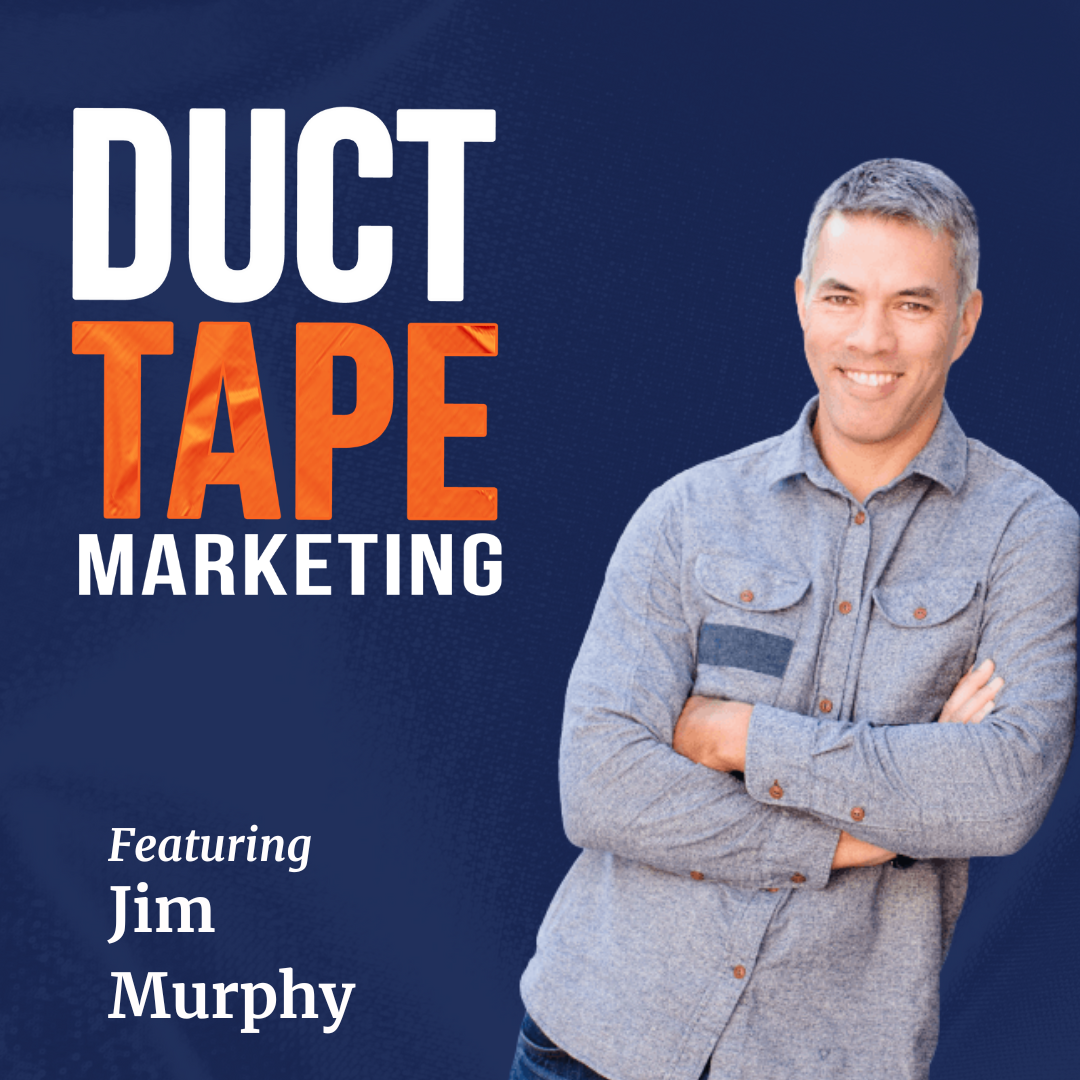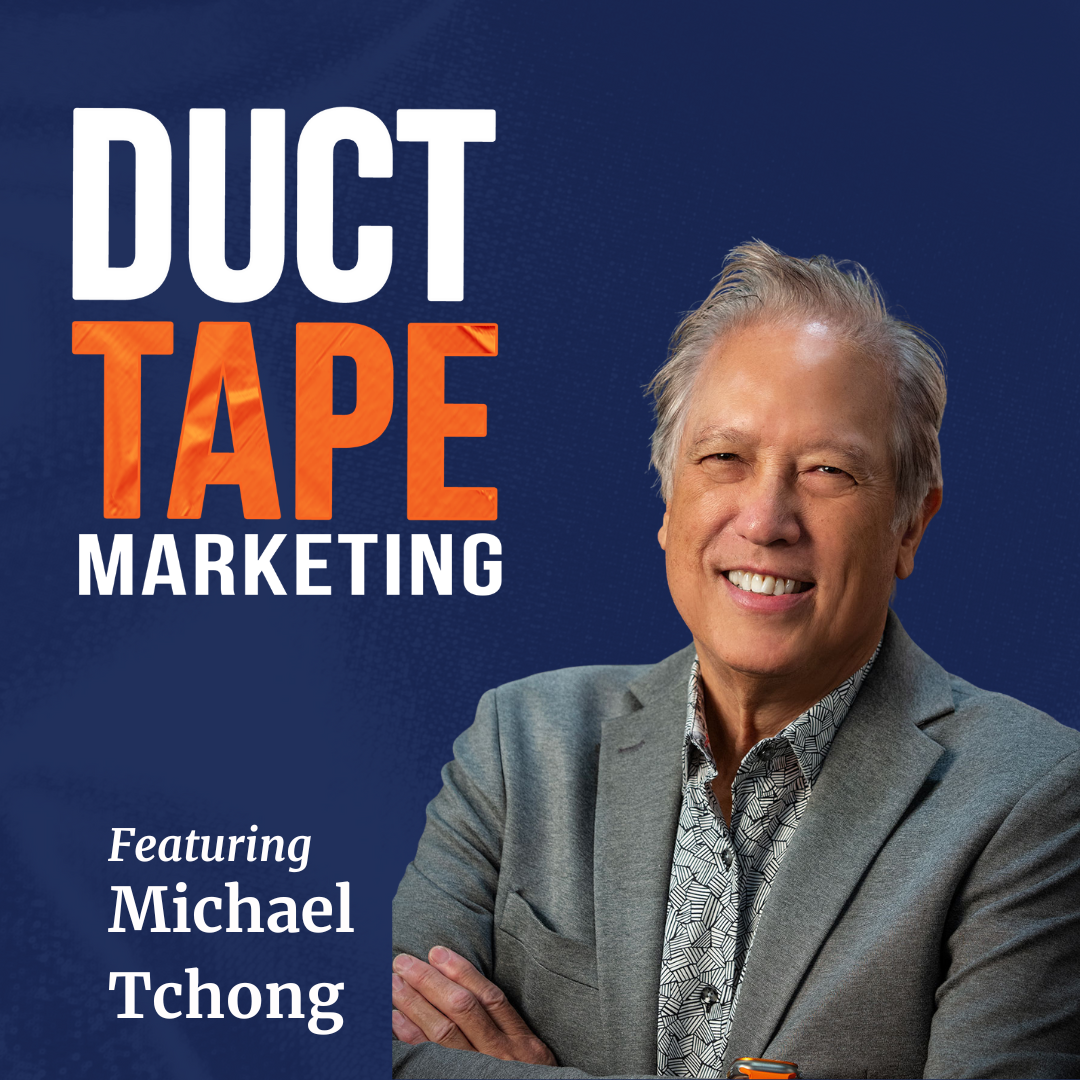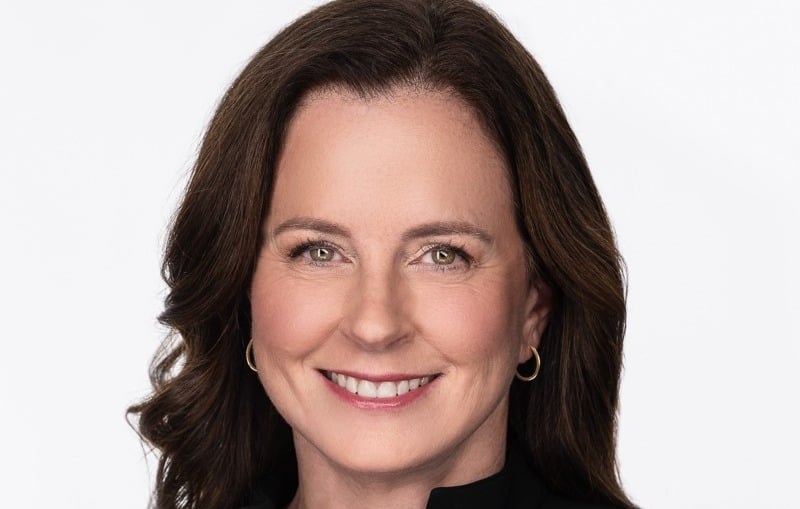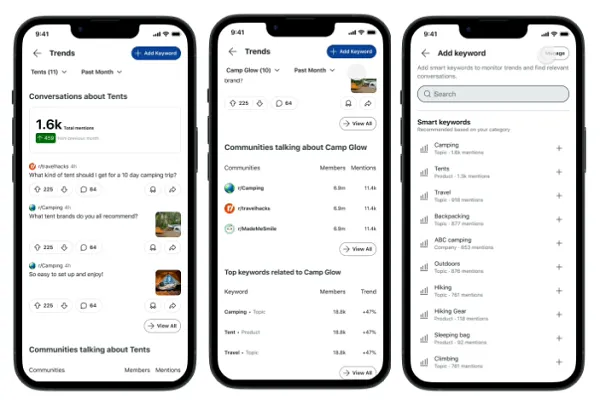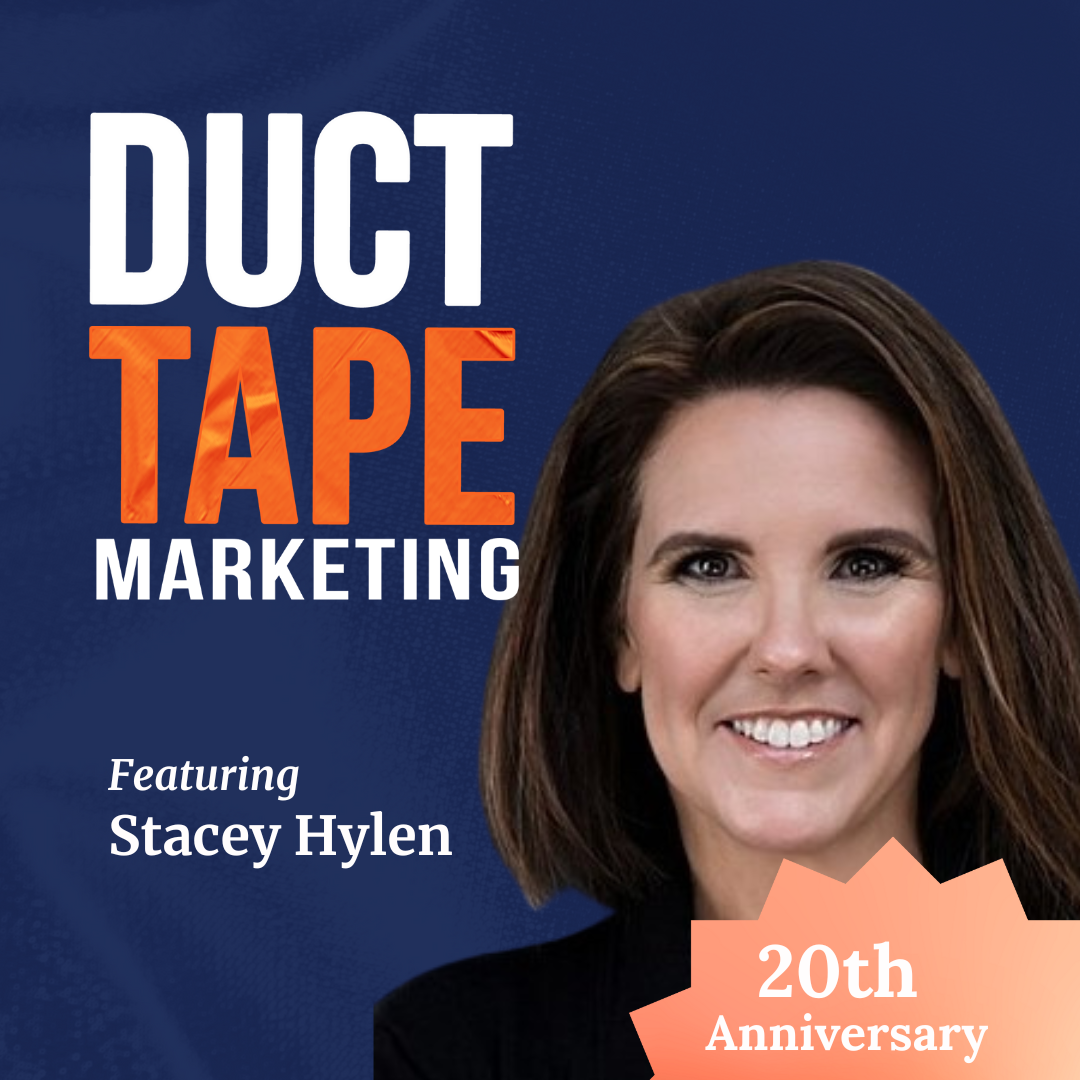For many of us trying to navigate the uncertainty of President Trump’s tariff regime, the past few months have felt like— as Snap-on CEO Nick Pinchuk memorably put it this spring—a ride on Disney’s Space Mountain. You’re in the dark, being jerked around at 100 mph. You’re more than a little nauseous and wondering when the ride will end. You have some faith that things will be ok in the end—oh please, God!—but in the meantime you’d do anything to be over at Pirates of the Caribbean.
So, you do what you can do to control what you can control, reaching for two primary levers: costs and pricing. A May survey of 300 U.S. CEOs we fielded with AlixPartners found 68 percent of those polled had already raised—or were considering raising—their prices. No surprise: 67 percent said their vendors had already raised prices on them.
But getting this right is about a lot more than just escalating to match costs. The winners in this new landscape will be those who use it as an opportunity, who act decisively, grow to understand their true pricing power and build the organizational agility to respond as conditions evolve.
To help, Chief Executive turned (once again) to Adam Echter, whose work at pricing consultancy Simon-Kucher & Partners, made him the go-to guy for many CEOs, CFOs and boards as they struggled through Covid-19, inflation and now, the tariffs. His take: If you’re struggling to manage, that’s understandable. Tariffs, by their nature, are different than what you experienced with inflation—and trickier. That’s because they create a “wedge” into your economics, with a third party essentially dealing itself in on your transactions for a 10 or 20 percent or more cut of the action. The result is a two-fold assault on profits: Per-unit costs rise while volume goes down at the same time.
“That’s why seemingly small amounts of tariff can have really outside effects on firm profits, because it’s not just the unit economics, it’s also the volume loss,” he says, adding: “I really don’t think people understand that there’s no scenario where a company can defend their current aggregate profit when a third party can come in and mandate to extract 10 or 20 from a system and that the consumers will not respond.”
We asked him for thoughts on pricing strategy, what companies are doing—right and wrong—and his best play for the coming year. That one is simple, he says: Use this crisis as the reason to build pricing systems that will strengthen your business for the years to come.
How to Start (or Restart)
Before making any pricing moves, Echter suggests asking three fundamental questions—and even if you’ve already started making changes, these are still worth asking:
1. How elastic is demand for your products? Echter jokes that very few companies have products that are completely inelastic to tariffs, and you’re probably not one of them. It’s critical you understand—at a SKU by SKU level—how your customers can absorb price increases and what those will mean to your volume loss. The inflation spikes of 2022-2023 proved many companies had more pricing power than they imagined, with 15-20 percent increases sticking far better than anticipated.
2. How will tariffs reshape your competitive landscape? Tariffs aren’t just adding costs—they’re redrawing competitive boundaries. Some domestic companies will gain pricing power as foreign competitors face higher costs. Others will find themselves competing against unexpected new market entrants from countries redirecting products away from high-tariff markets.
3. Can your organization execute pricing changes with precision and speed? Companies with fragmented pricing responsibilities scattered across multiple functions will struggle to adapt when tariffs introduce cost volatility. Those with strong pricing capabilities can respond strategically rather than reactively.
Segment Your Response
Tariff impacts aren’t evenly distributed, and your pricing strategy shouldn’t be either. A one-size-fits-all approach risks eroding both volume and margin. Leading companies are segmenting pricing strategies by product category, customer archetype and price tier.
Premium and brand-driven products often enjoy more pricing power, as loyal consumers accept modest increases for perceived quality. Conversely, commoditized products are vulnerable to demand loss if prices rise sharply. For these items, consider alternative tactics like value-pack formats, tiered pricing or selective promotions.
Customer segmentation is equally critical. Lower-income consumers tend to be more sensitive to even small price hikes, while B2B buyers may have greater tolerance but demand more transparency. Understanding how different customer segments behave under pressure enables calibrated pricing moves that protect revenue without damaging brand equity.
A recent proposed pricing move on Tonka trucks—the beloved little metal toys—is instructive, says Echter. The company suggested reacting to a 10 percent tariff on a $30 product with a $5 to $10 price increase. The math doesn’t seem add up—if you’re only thinking from the cost side. But they were also contemplating how they’d make up for faltering volume. With a huge increase on their most popular and in-demand products, they might lose customers, but the ones that kept buying would more than cover the hit to margins.
Build Scenario-Based Playbooks
Given the unpredictability of policy changes, pricing agility is no longer optional—it’s a core competitive capability. Companies that build pricing playbooks now will have a distinct advantage when clarity emerges. These playbooks should include clearly defined corridors of price actions (e.g., +15- 25 percent), linked to pre-modeled scenarios around demand elasticity, competitor reactions and margin implications. For instance, if tariffs hit a key product line, what’s the volume impact of a 10 percent price hike versus a 20 percent one? What happens if competitors absorb costs instead?
Building these scenarios reduces decision latency and ensures alignment across functions. Pricing, sales, supply chain and finance teams can work from a shared framework that balances margin defense with customer retention.
Implement Effective Pricing Tools
Too many companies lack the infrastructure to implement pricing changes quickly and effectively. Two essential capabilities stand out:
Surcharges instead of base price adjustments: Surcharges tied to specific cost drivers provide flexibility without requiring constant recalibration of core pricing structures. As Echter explains, “If you’re trying to constantly update your list prices with all the different tariffs and changes that are happening and moving, it’s going to be incredibly difficult and confuse everybody.”
The better approach: Maintain stable base pricing while itemizing tariff surcharges on invoices. This creates transparency while preserving pricing agility. It’s also an invaluable tool to have at your disposal for any future challenges or opportunities.
Profitability diagnostics: Before taking pricing action, companies must understand where they’re most exposed. This means performing detailed diagnostics to identify shifts in customer and product profitability in different post-tariff scenarios. By surfacing hidden fault lines, you can prioritize pricing moves where they’ll have the greatest impact.
Communicate Price Changes Effectively
When raising prices in response to tariffs, how you frame increases matters. Customers may resist price hikes, but they’re more likely to accept them when they understand the factors driving the change. Adjustments tied to clearly justifiable reasons are far more defensible than those that appear arbitrary.
Strong communication around pricing decisions reduces resistance and helps preserve customer relationships. This is particularly important in B2B contexts, where transparency builds trust even when prices must increase.
The CEO’s Imperative: Act Now
The biggest mistake CEOs can make in this environment is taking a “wait and see” approach. Companies that delayed pricing actions during inflationary spikes found themselves at a severe disadvantage as costs continued climbing.
“You have the opportunity to affect your top line now by responding,” Echter advises. “This doesn’t mean making hasty, ill-considered moves—it means developing a comprehensive pricing strategy that protects profitability while positioning your company for success as the tariff landscape evolves.”
The tariff challenge isn’t going away anytime soon. But for CEOs who approach it strategically, it presents an opportunity to reassess pricing power, build organizational capabilities and strengthen market position for the long term. The question isn’t whether you should act—it’s how quickly and strategically you can move to turn this challenge into competitive advantage.
“You can make a couple of fast actions, monitor what’s going on and try to move quickly, but the more elegant thing is being able to deconstruct your product portfolio to constantly ask yourself, ‘Where am I adding value? How is the value shifting? What is approximately that value? And how should I price for it?’ That’s a muscle that companies would always benefit by building.”















